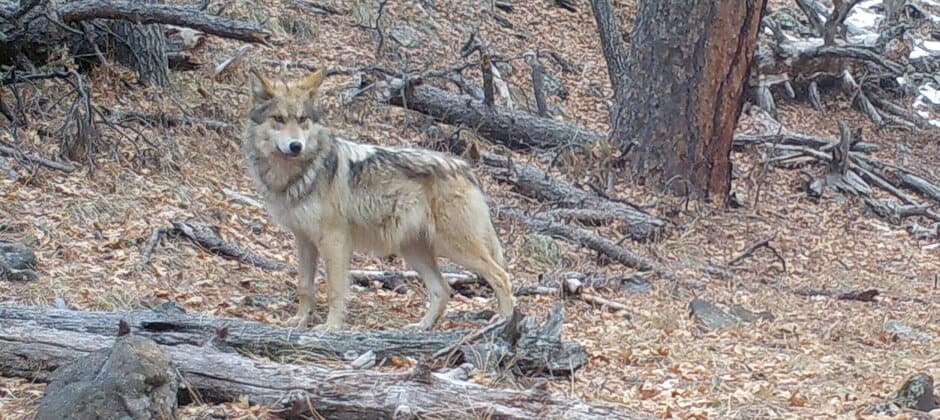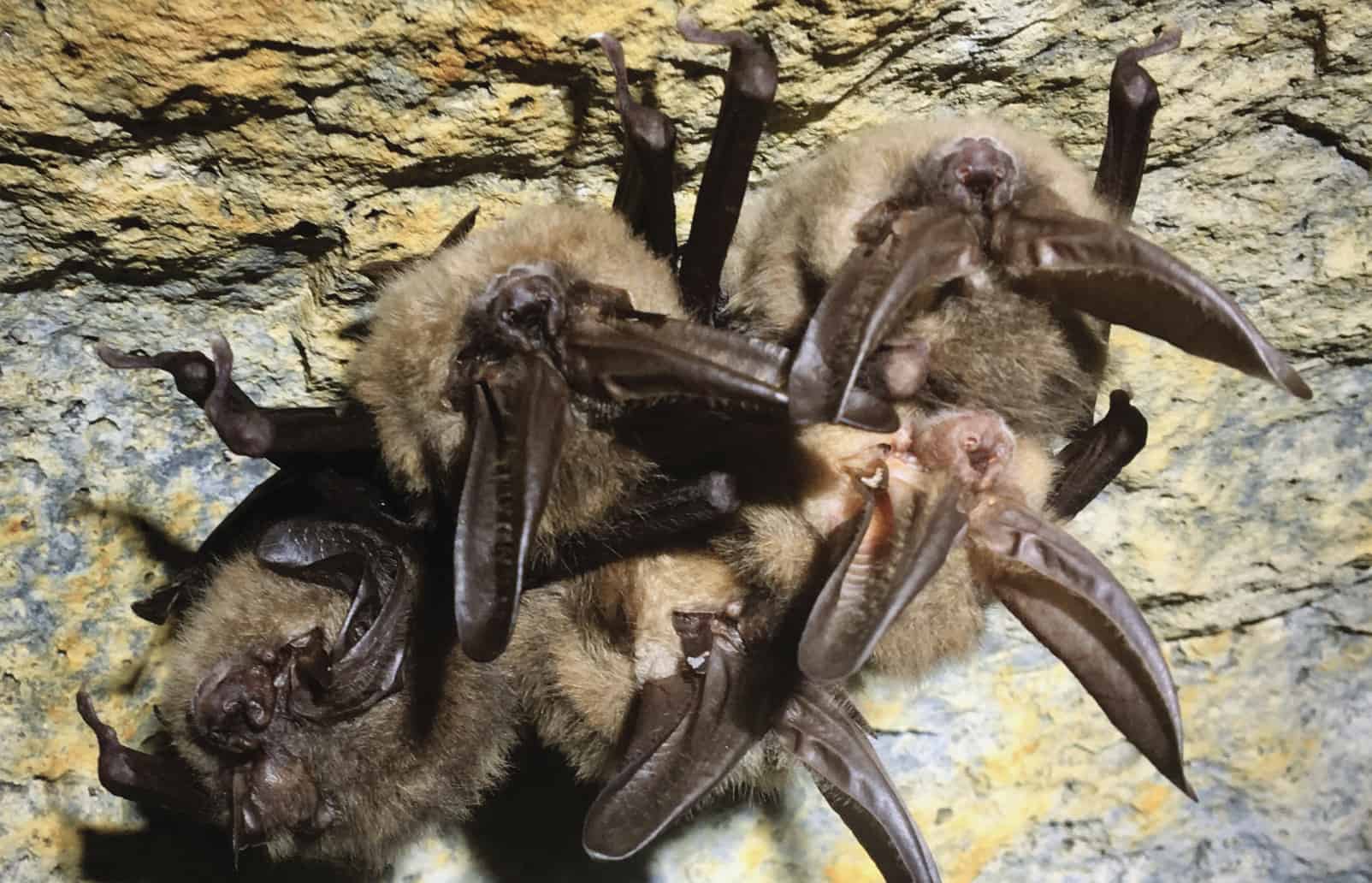Share this article
Mexico has high-quality wolf habitat
Large tracts of high-quality habitat for Mexican wolves can be found across northern Mexico and the southwestern U.S., according to cross-border distribution modeling revealing suitable areas for the animals.
Mexican wolf (Canis lupus baileyi) habitat has been studied — and disputed — extensively over the past couple of decades. The subspecies was nearly extirpated from the U.S., before reintroduction programs began in the late 1990s in Arizona and New Mexico. The subspecies’ numbers have steadily increased north of the border, where most of the conservation efforts have occurred. Now, researchers have conducted a comprehensive study on the historic distribution of the canids in both Mexico and the U.S., as well as which areas remain suitable today.
“We found that there is sufficient habitat both in the southwestern U.S. and in northern Mexico to support natural populations of wolves,” said Enrique Martinez-Meyer, a biology professor at the National Autonomous University of Mexico and the lead author of the study published recently in Diversity and Distributions.
Martinez-Meyer and his colleagues used data collected by U.S. state agencies and Mexican sources on abundance of prey such as white-tailed deer (Odocoileus virginianus) and mule deer (Odocoileus hemionus) throughout the Mexican wolf’s known historical range and adjacent areas. They combined the data with information on human development, ecosystem types and other information to create models that map out the most suitable areas for Mexican wolves.
Their models revealed several large chunks of land totaling more than 81,000 square kilometers still exist in the southwestern U.S. and Mexico. In the U.S, most areas lie within the southern four-fifths of Arizona and New Mexico, with some suitable areas in southwestern Texas. South of the border, prime wolf habitats mostly rest in the Sierra Madre Occidental and to a lesser extent in the Sierra Madre Oriental.
“The only areas that are truly suitable for maintaining wolves are in the northern portion of the country,” Martinez-Meyer said. While some patches are available as far as Oaxaca, in southern Mexico, he said, many of those areas are disconnected or hemmed in by human development, such as around Mexico City.
Wolves have been reintroduced to Mexico in 15 separate releases as part of conservation efforts. Current estimates indicate there are about 35 to 40 individuals south of the border, and a few have even been recorded crossing the international frontier.
“I think the restoration work in Mexico should be celebrated,” said Mike Phillips, executive director of the Turner Endangered Species Fund, who reviewed the study. But he worries the mountains of Mexico are inadequate for a population of wolves to be restored to sufficient size to contribute to recovery.
While the analysis “suggests there’s some potential” for reintroducing more wolves south of the border, he said, it doesn’t consider where ranching occurs or the extent of private land — which are always a challenge for wolf restoration — or if the wolves will find adequate prey in Mexico. Wolves in the U.S. can prey on white-tailed deer, mule deer and elk (Cervus canadensis). Mexico has little or no elk left, despite some small efforts to privately reintroduce the species. The authors acknowledged these shortcomings.
“Enrique’s model is just a stepping stone for detailed studies that consider at livestock and social tolerance,” Phillips said. “Consequently, I take exception to U.S. Fish and Wildlife Service using the model as the foundation for the Mexican wolf recovery program, at least through 2027.” He has pushed for the wolves to be reintroduced as far north as the Grand Canyon, Utah or southern Colorado, which have extensive public land abundant native prey and relatively few livestock.
TWS Member Jim Heffelfinger, wildlife science coordinator at the Arizona Game and Fish Department and a co-author of the study, said the paper supports earlier research he conducted with others showing Mexican wolves’ historical range didn’t extend north of what is now Interstate 40, which cuts across the northern third of New Mexico and Arizona.
A U.S.-Mexico border wall would limit the free exchange of wolves between the two countries, Heffelfinger said, but even with a wall, their models showed the lack of exchange did not measurably increase probability of extinction on either side was unlikely.
Header Image: A Mexican wolf in Gila National Park in New Mexico. Credit: Zaira González/Alejandro González








